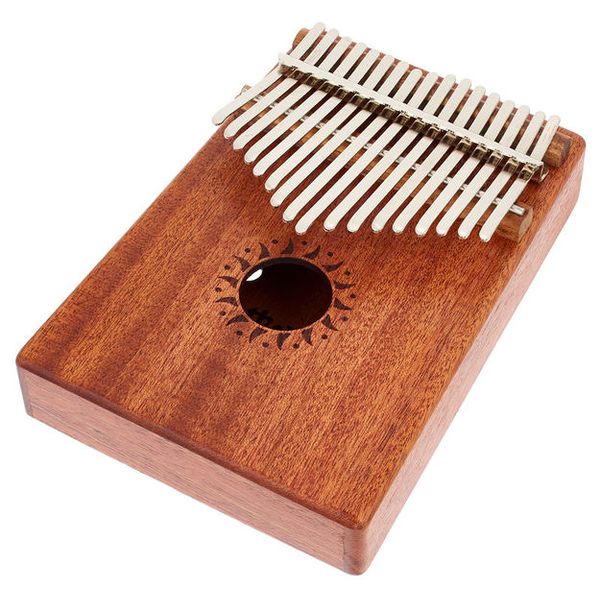Kalimba
Automated Kalimba Project
The primary objective of the Automated Kalimba Project is to create a self-playing kalimba that can produce music without human intervention
The primary objective of the Automated Kalimba Project is to create a self-playing kalimba that can produce music without human intervention
To make the experience fit your profile, pick a username and tell us what interests you.
We found and based on your interests.
Kalimba
kalimba.jpgThe kalimba at the endJPEG Image - 4.58 MB - 06/03/2024 at 14:31 |
|
|
support.pngThe support on fusionPortable Network Graphics (PNG) - 274.87 kB - 06/03/2024 at 14:30 |
|
|
mesuration.jpgThe mesuration that we neededJPEG Image - 13.29 MB - 06/03/2024 at 14:29 |
|
|
rots.pngThe rots on fusionPortable Network Graphics (PNG) - 103.06 kB - 06/03/2024 at 14:29 |
|
|
rots1.pngThe rots on fusionPortable Network Graphics (PNG) - 33.19 kB - 06/03/2024 at 14:29 |
|
|
In the end, we managed to place several servo motors that correctly play a melody on the kalimba. We faced many problems, such as the lack of servo motors we needed and the difficulty of making the notes sound correctly. However, this project has been enriching, interesting, and above all, exciting!
After coming up with the idea, we started by taking all the necessary measurements for our project. We designed rods to allow servo motors to play the notes. We also created a support to hold all the servo motors correctly. To do this, we used Fusion and then printed them in 3D.
So in the end, we got the idea from various forums to automate an instrument so it could be autonomous. We wanted to start with a violin, but I didn't want to risk damaging mine, so we decided to do it with a kalimba!
Initially, we spent a long time searching for a project that we would enjoy and find interesting to do. We dedicated one and a half sessions to finding an idea. We already knew that we wanted to create something related to music. At the beginning of the semester, we had already created a music box in just a few hours!"
Create an account to leave a comment. Already have an account? Log In.
Become a member to follow this project and never miss any updates